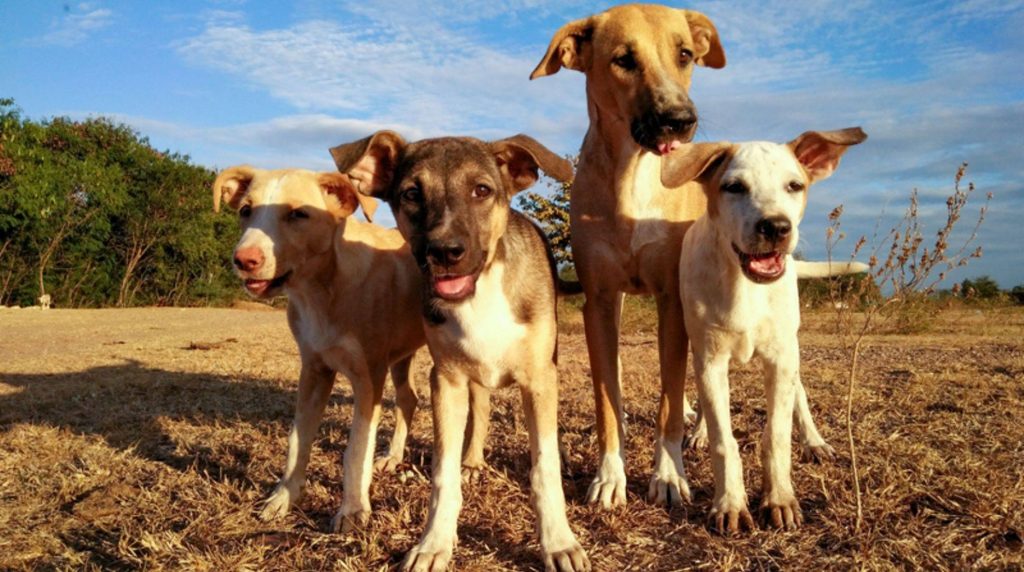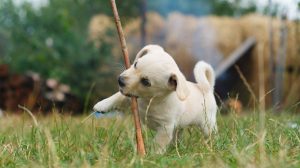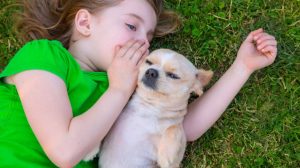Dog packs have always been the subject of various studies to learn more about the behavior of our beloved furry friends. One thing is sure: by nature, dogs are not designed to live as loners but rather part of a family-like group.

The pack of dogs has always interested us humans to get to know the four-legged friends better and interpret their behavior better. How do the animals behave with each other? What is the hierarchy like? Read here how dogs tick when they are out and in family ties as a dog pack.
Behavior in the dog pack: hierarchy
In the dog pack, there are alpha dogs and beta dogs. Hierarchically integrated into between are the “would-be alpha dogs,” i.e., the animals that soon want to belong to the leadership team of the pack. Of course, the reality looks less static. Hierarchical structures in the dog pack are much more in flux than assumed for a long time. In most cases, there is no clearly defined alpha dog, but several animals in the pack show alpha behavior in different situations. For example, one four-legged friend is always the first to eat. In return, someone else can generally start with a toy.
Alpha dogs are calm in a pack.
Females and males each have their hierarchical structure. When it comes to a mixed-sex group, it is by no means certain that a female will always yield to the male. Female or male, the dog that has an important object, be it a bone or a toy, is considered the leader and will not be challenged.
In general, the animals in a pack of dogs regulate the hierarchy far less via physical strength than might be assumed. When you see four-legged friends fighting in a group, they are usually the contenders for the alpha position, fighting each other for a slight change in status. Alpha dogs don’t participate in such fights because they don’t have to prove themselves. They are often the quietest animals in the pack, rarely barking, growling, or reprimanding other animals.
Why are dogs in groups?
In the wild, the four-legged friends form a pack because they act more energy-saving: they can support each other when hunting and protect themselves from danger. This is also why there are comparatively few internal fights in dog packs. The animals are energy savers – fighting means wasting energy and is pointless. Space and possessions are much more critical for status within the family unit. For example, if a dog has a good sleeping place under its control, it will not be disturbed by the others.
Dogs and humans as a pack
Most animal behavior experts believe that dogs are less likely to see people as part of their pack. The fur noses understand the difference between species and communicate with people differently than with each other. In households where several four-legged friends live, they have probably established a hierarchy among themselves – humans are most likely not part of this hierarchy.
Nevertheless, we can learn a lot from the structure and behavior of the dog pack. One of the most critical aspects is that whoever owns resources such as food and dog toys leads the group. Use this with patience to train and play with your dog.









